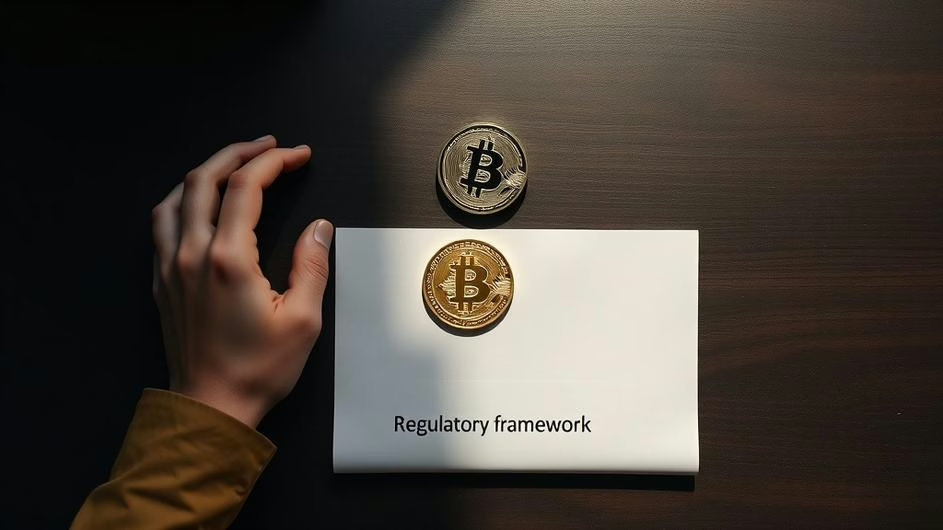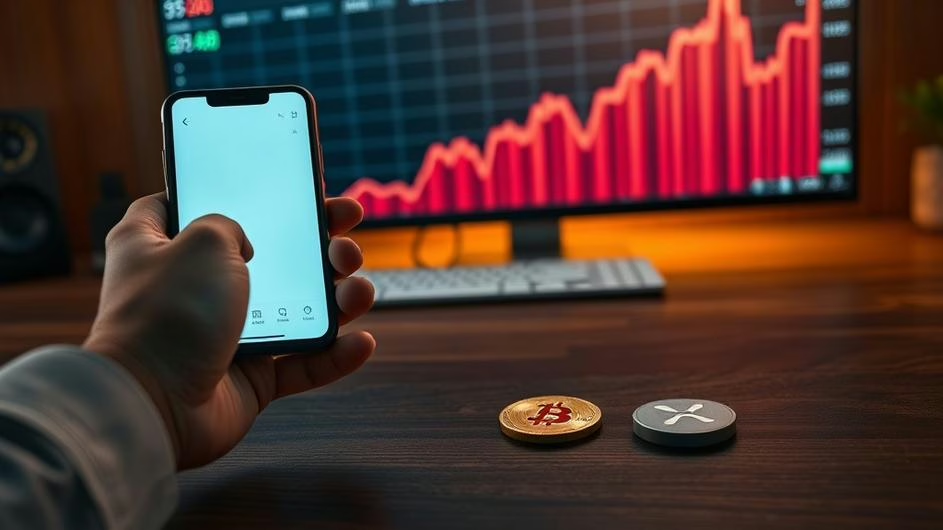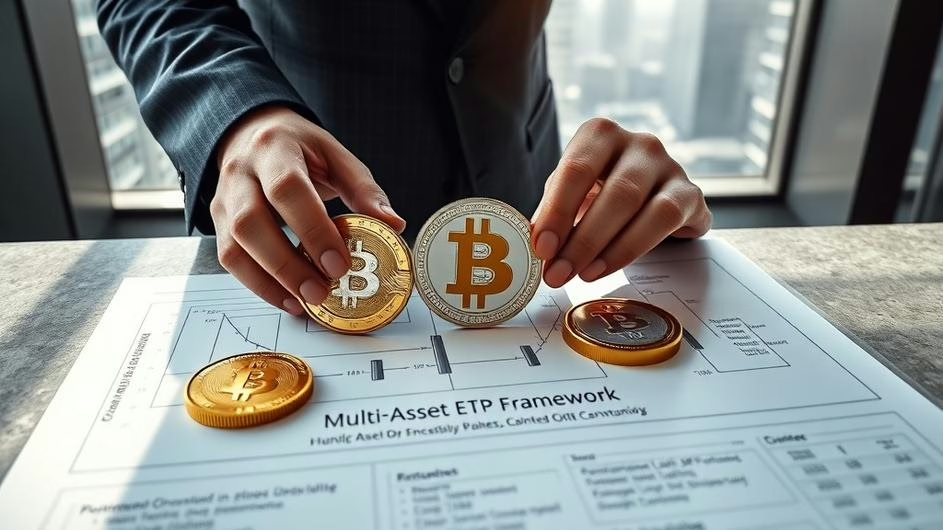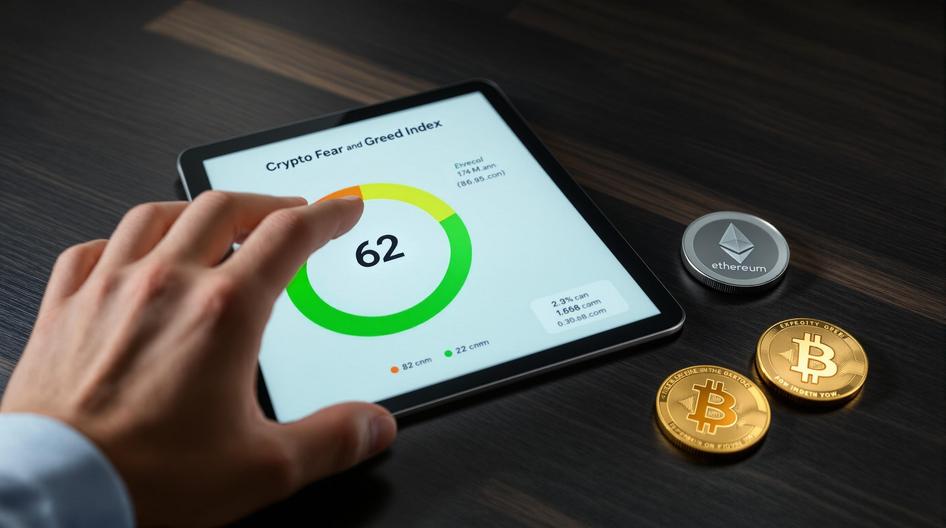
Bitcoin’s Breakout Moment: How Market Forces and Strategic Moves Are Shaping Crypto’s Future
Bitcoin is back in the spotlight, and it’s not just about the dizzying price charts. We’re seeing a perfect storm of geopolitical shifts, major economic policy changes, and bold corporate strategies. Together, these forces are fueling a new wave of excitement and cautious optimism across the digital asset market. Is this just another bull run, or are we watching crypto enter a new phase of maturity? Let’s break down what’s happening.
A Geopolitical Tailwind Lifts Bitcoin Past $115,000
In the last few weeks, Bitcoin’s price didn’t just climb; it soared. After reclaiming the $115,000 mark, market sentiment has been buzzing. Much of this energy comes from a surprising place: renewed optimism in U.S. and China trade talks. According to Daniel Kim, CEO of Tiger Research, the easing tensions between the two economic giants have boosted risk appetite globally. This has led many investors to treat Bitcoin as a high-beta macro asset, meaning its performance is closely tied to broader market trends.
But what do the on-chain metrics say? It’s a mixed bag. While the price is up, key indicators like transaction volumes and active user counts look a bit fragile. This suggests the rally might not be entirely driven by grassroots adoption just yet. The long-term direction could still depend heavily on how economic and regulatory landscapes evolve, making it a critical time for navigating market dynamics.
The Federal Reserve and the Coming Liquidity Flood
While traders watch the price, a potentially massive shift is brewing on Wall Street. The U.S. Federal Reserve appears to be nearing the end of its quantitative tightening program, a strategy that involved shrinking its huge $6.6 trillion balance sheet. Why does this matter for crypto? An end to tightening could signal the start of a new era of monetary easing, which essentially means more money flowing into the markets.
Historically, when central banks print more money, investors flock to “hard assets” like gold and Bitcoin to hedge against inflation and a devaluing dollar. Some of the loudest voices in crypto are forecasting that this fresh liquidity could send Bitcoin’s price to levels that sound almost unbelievable. While predictions of a $1 million Bitcoin might seem bold, they highlight a growing belief in its role as a safeguard against the vulnerabilities of traditional finance.
From Trading Desks to Corporate Treasuries
It’s not just traders and macro investors taking notice. The institutional world is diving in headfirst. Binance’s founder recently made a headline-grabbing prediction, suggesting Bitcoin’s total market cap could swell to an incredible $28 trillion in the coming years. This kind of long-term vision is increasingly backed by concrete action from corporations and hedge funds. They aren’t just speculating anymore; they’re integrating digital assets into their core operations, from mining to treasury management.
Take American Bitcoin Corp (ABTC), for example. The newly public mining company, which has ties to prominent political figures, recently saw its stock jump by over 11%. This surge reflects growing excitement around its mining operations and upcoming earnings. It’s a trend seen across the board, with companies like Marathon Digital, Riot Platforms, and Hut 8 also enjoying stock gains. Investors are betting on the infrastructure that powers the Bitcoin network.
Then there’s Hyperscale Data, which just announced its Bitcoin treasury has grown to nearly $68.8 million. The company isn’t just holding Bitcoin; it has a deliberate strategy to eventually hold Bitcoin equivalent to 100% of its market capitalization. This methodical accumulation shows a powerful shift from short-term speculation to long-term corporate commitment.

Bitcoin’s Role in the Future of Web3
All these developments are changing the story around Bitcoin. For years, it was dismissed by many as a purely speculative asset. Now, it’s increasingly being framed as a foundational layer of the emerging Web3 financial ecosystem. So, what does that actually mean? We’re talking about a decentralized, permissionless network where value, ownership, and trust are managed without traditional middlemen like banks.
For investors and developers, this shift is critical. It suggests that Bitcoin’s value isn’t just about its price but its utility in a future digital economy. As the infrastructure matures with advancements in Layer 2 scaling solutions and DeFi applications, the potential for real-world impact grows. This is why understanding these trends is crucial for anyone involved in navigating the new era of crypto.
Beyond the Price Spikes: The Road to Mainstream Adoption
So, where do we go from here? The combination of geopolitical tailwinds, changing economic policies, and serious corporate buy-in points toward a maturing crypto market. Volatility will always be part of the game, but the strong infrastructure and institutional backing suggest we could see more sustained growth ahead. The continued expansion of mining companies and growing corporate treasuries are strong signals of a future where crypto is deeply intertwined with traditional finance.
Looking forward, the biggest hurdles may be regulatory clarity and technological scalability. As governments develop clearer frameworks and technologies like the Lightning Network improve, the path for broader adoption opens up. We could see Bitcoin play a significant role not just as “digital gold” but as a key component in everything from cross-border payments to decentralized finance.
Bitcoin’s recent breakout is far more than a simple price spike. It’s a sign that major economic, political, and corporate forces are aligning, driving crypto toward a more legitimate role in global finance. While challenges are still on the horizon, the momentum toward mainstream integration and adoption is undeniable. For anyone in the crypto space, from developers to long-term holders, these are the trends that will define the next chapter of the digital asset landscape.
Sources
- Bitcoin Is Suddenly On The Brink Amid ‘Death Knell’ $100,000 Price Game-Changer, Forbes, October 28, 2025
- Bitcoin Reclaims $115,000 as US–China Trade Hopes Lift Markets, Decrypt, October 27, 2025
- It’s ‘Over’—Wall Street Is Quietly Geering Up For A $6.6 Trillion Fed Flip As The Bitcoin Price Suddenly Soars, Forbes, October 25, 2025
- Hyperscale Data Bitcoin Treasury Climbs to $68.8 Million – Company Announcement, Financial Times, October 28, 2025
- Bitcoin Boom Sends Trump-Backed American Bitcoin Corp (ABTC) Stock Soaring 11% – Will the Rally Last?, ts2.tech, October 26, 2025





















































